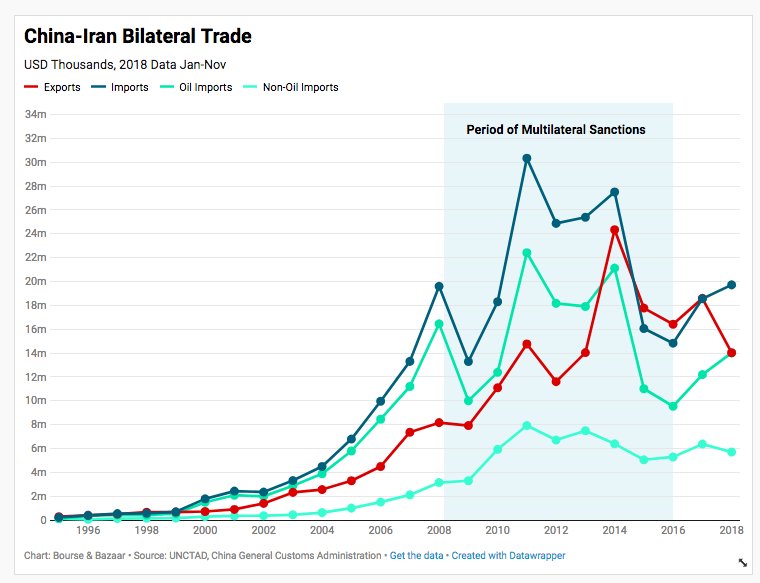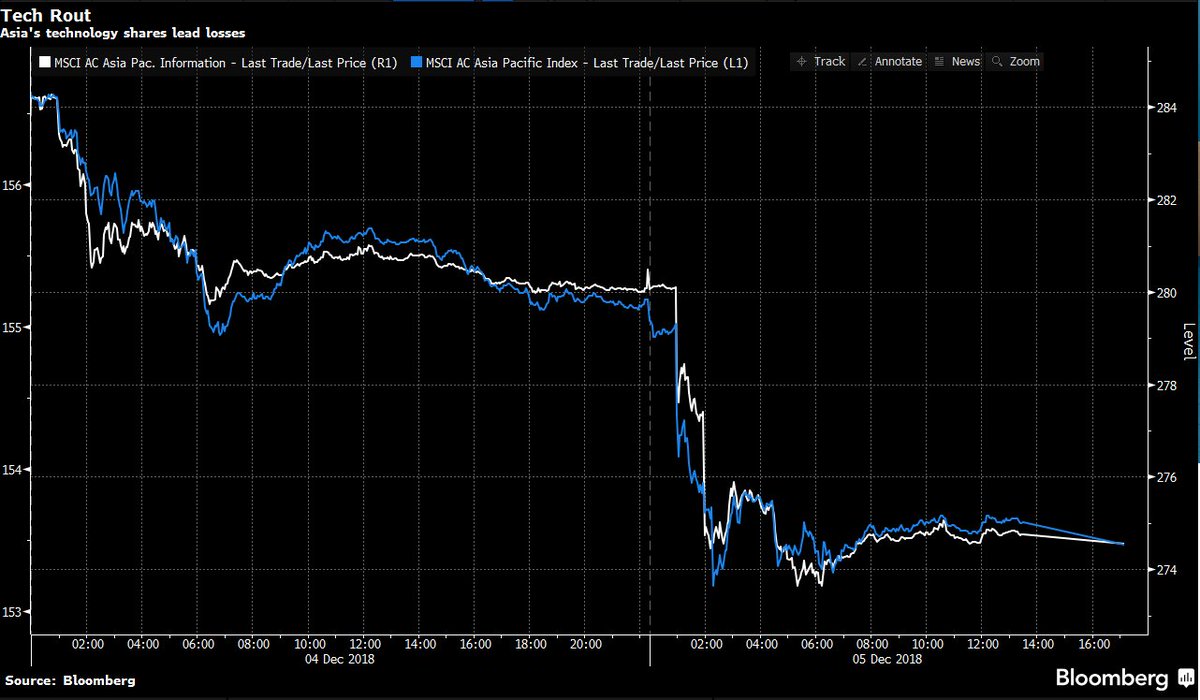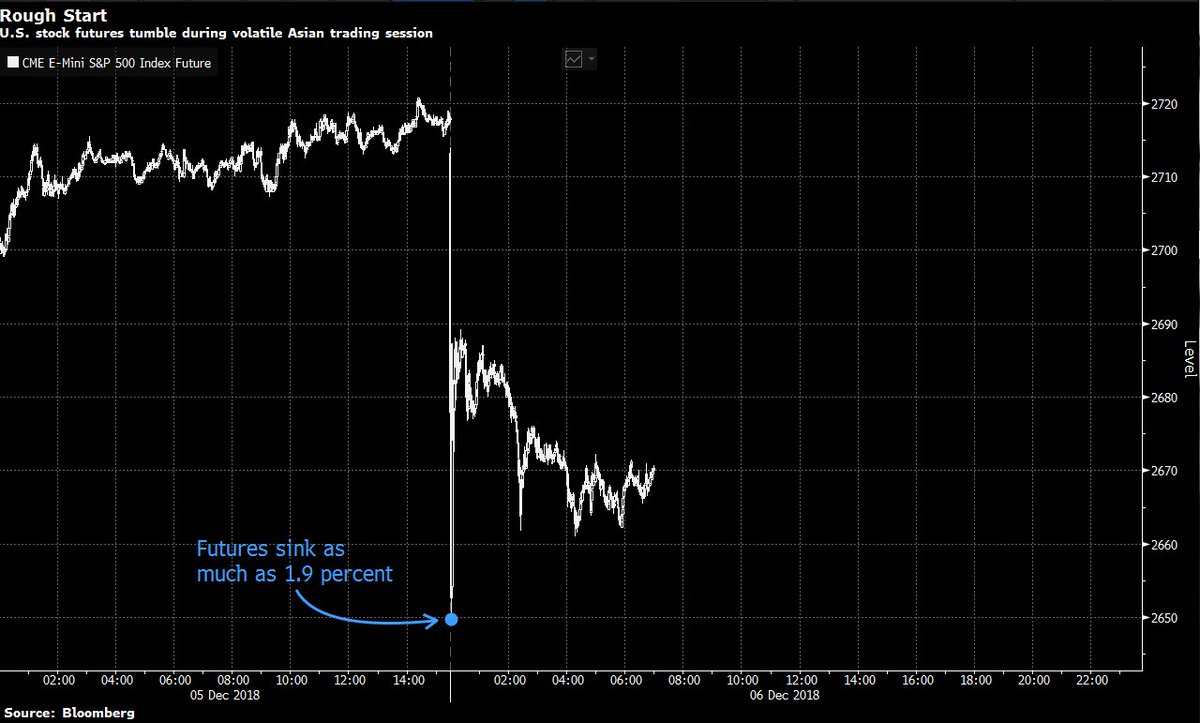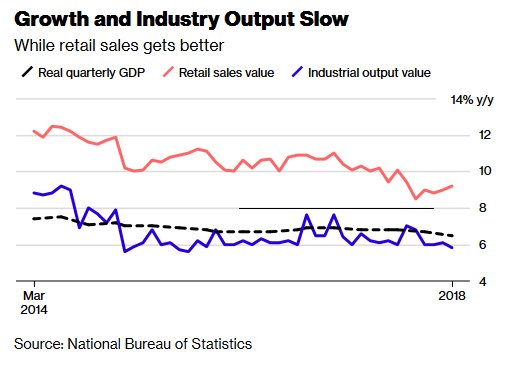But let me try to drill down on why this is absolutely crucial. (with h/t to @stuartbasten, whose book is a must-read on this subject.)
2019 11.5%
2027 15%
2037 22%
2046 25%
Call that into question, and things change dramatically.
% of elderly (65+)
2020 16%
2030 25%
2040 33%
2050 38%
2060 41%
Note also Korean data itself assumes a partial rebound of the fertility rate from current super-low rate over the next couple decades.
Remember that *official* data (based on 1.7-1.8 fertility rate assumption) already shows China:
a) moving from (by 2046) to look like 2019 Japan (currently 25% of the population aged 65+) in terms of aging, and
b) hovering at 30% for decades after.
a) moves China's aging process forward by a decade - i.e., China looks like Japan today (re: aging) by late 2030s, not 2040s, and:
b) ensures China's elderly surges above 40% of population









